Corydalis ‘Blue Heron’
£6.45
A mound-forming perennial with attractive purple-green foliage. Dense racemes of incredibly dark, gentian blue flowers are produced on red stems. Prefers a cool moist position. Summer dormant when too hot and dry. Height and Spread 30cm. Flowers April to July. Partial shade. Hardy.
Description
Corydalis ‘Blue Heron’ is a compact, mound-forming perennial known for its striking dark blue flowers on red stems and delicate purple-green foliage. Flowering from April to July, it thrives in partial shade and prefers cool, moist, well-draining soil. In warmer conditions, it may enter summer dormancy, returning when cooler temperatures arrive. This low-maintenance plant is ideal for shaded borders, woodland gardens, and containers.
PLANTING and AFTERCARE GUIDE
Best Planting Time
- Spring: The best time to plant Corydalis ‘Blue Heron’ is in early to mid-spring when the soil is moist and warming up. This allows the roots to establish before the blooming season.
• Autumn: Planting in autumn is also an option, as it enables the plant to settle in before winter dormancy, ensuring strong growth in the following year.
Site Selection
- Sunlight: Corydalis ‘Blue Heron’ thrives in partial shade. It performs best in a cool, sheltered spot with dappled sunlight, such as beneath trees or alongside shaded borders.
• Soil: Well-draining, moist but not waterlogged soil is crucial for Corydalis ‘Blue Heron’. Incorporating organic matter like leaf mould or compost improves soil structure and fertility.
• Temperature Considerations: If conditions become too hot or dry in summer, Corydalis ‘Blue Heron’ may go dormant, only to return when cooler temperatures arrive.
Planting Instructions
- Prepare the Planting Area: Choose a shaded or semi-shaded location with fertile, humus-rich, well-drained soil.
- Dig the Hole: Make a hole twice the width of the root ball and deep enough to accommodate the plant’s roots.
- Soil Enrichment: Mix in compost or organic matter to enhance soil quality. Corydalis ‘Blue Heron’ prefers moisture-retentive soil that drains well.
- Planting: Place the plant in the hole, ensuring the crown is level with the surrounding soil. Gently backfill and firm the soil around the roots.
- Watering After Planting: Water thoroughly to help the plant settle and establish strong roots.
Watering Requirements
- During Active Growth: Corydalis ‘Blue Heron’ prefers consistent moisture, so water regularly, especially during dry spells. Avoid waterlogging, as excessive moisture can cause root rot.
• Summer Dormancy: If the plant enters dormancy in hot weather, reduce watering but keep the soil slightly moist.
• Winter Care: Water sparingly in winter when growth slows, ensuring the soil does not become overly saturated.
Feeding
- Spring: Apply a balanced, slow-release fertiliser in early spring to support strong foliage and flower production.
• Mid-Summer: If the plant remains active through summer, a light liquid feed can encourage prolonged blooming.
Pruning and Deadheading
- Deadheading: Remove spent flowers regularly to encourage continuous blooms from April to July.
• Autumn Pruning: Once the foliage dies back, trim back dead stems to tidy the plant and prepare it for the next growing season.
Mulching
- Spring Mulch: A layer of mulch, such as bark chips or compost, helps retain moisture, suppress weeds, and maintain soil temperature.
• Winter Protection: Applying a light mulch in late autumn can protect the roots from extreme cold.
Supporting the Plant
- Corydalis ‘Blue Heron’ has a naturally compact, mound-forming growth habit, so staking is unnecessary. However, in particularly windy areas, consider planting near other foliage to provide some protection.
Final Tips
Corydalis ‘Blue Heron’ is a low-maintenance, shade-loving perennial that thrives in cool, moist conditions. By planting it in partial shade with well-draining, fertile soil, and following proper care guidelines, you can enjoy its striking deep blue flowers from spring to early summer. Whether used in woodland gardens, shaded borders, or containers, Corydalis ‘Blue Heron’ adds a unique and vibrant touch to any garden.
Additional information
| Pot Size | |
|---|---|
| Plant Botanical Type | Perennial (tuberous) |
| Flower Colour | Blue |
| Leaf Colour | Green |
| Varigated Leaf | No |
| Scent | Yes |
| Height | 0.3m |
| Spread | 0.3m |
| Blooms/foliage interest in | Spring |
| Evergreen | No |
| Hardiness | mild winter to – 5C |
| Container | Borders and Containers |
| Sun/shade | Prefer partial shade |
| Soil Type | Loam (normal) |
| Soil PH | Neutral |
| Drainage | Well drained soil |
| Hazerdous | Harmful if eaten |
| Insect Attraction | Bees |



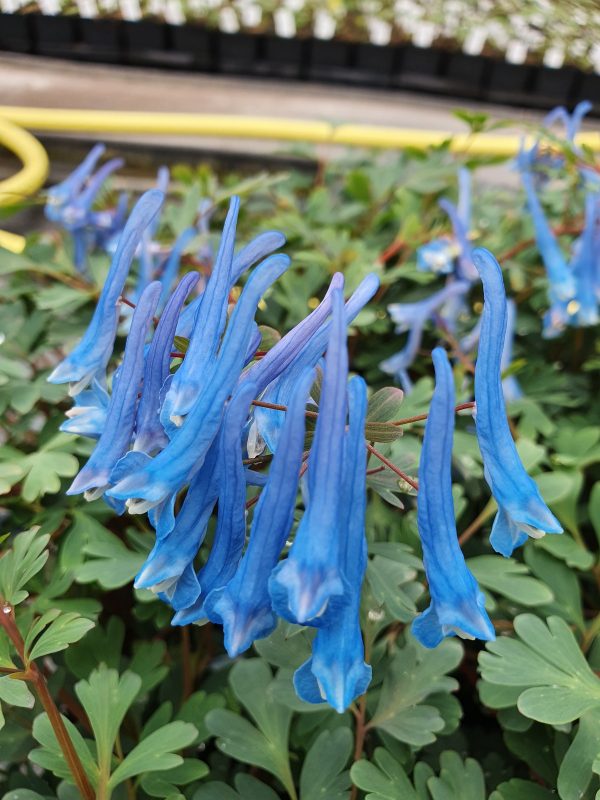
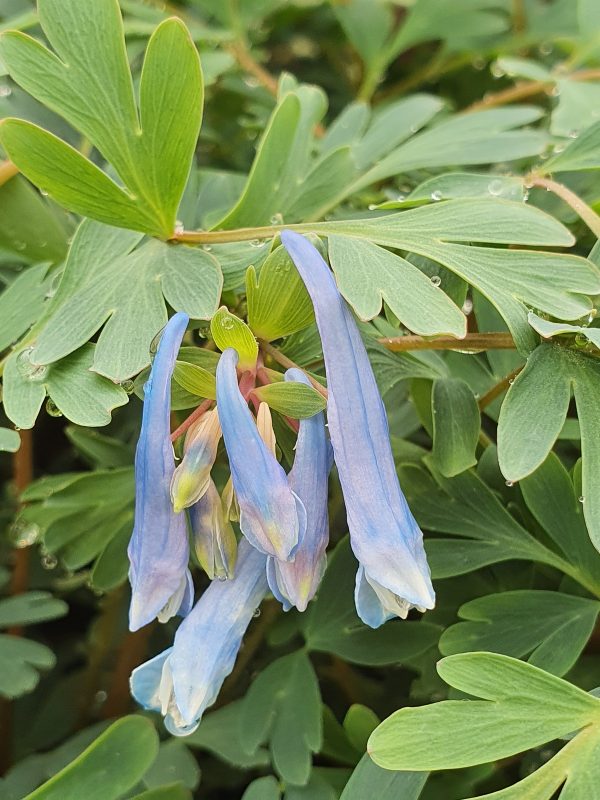
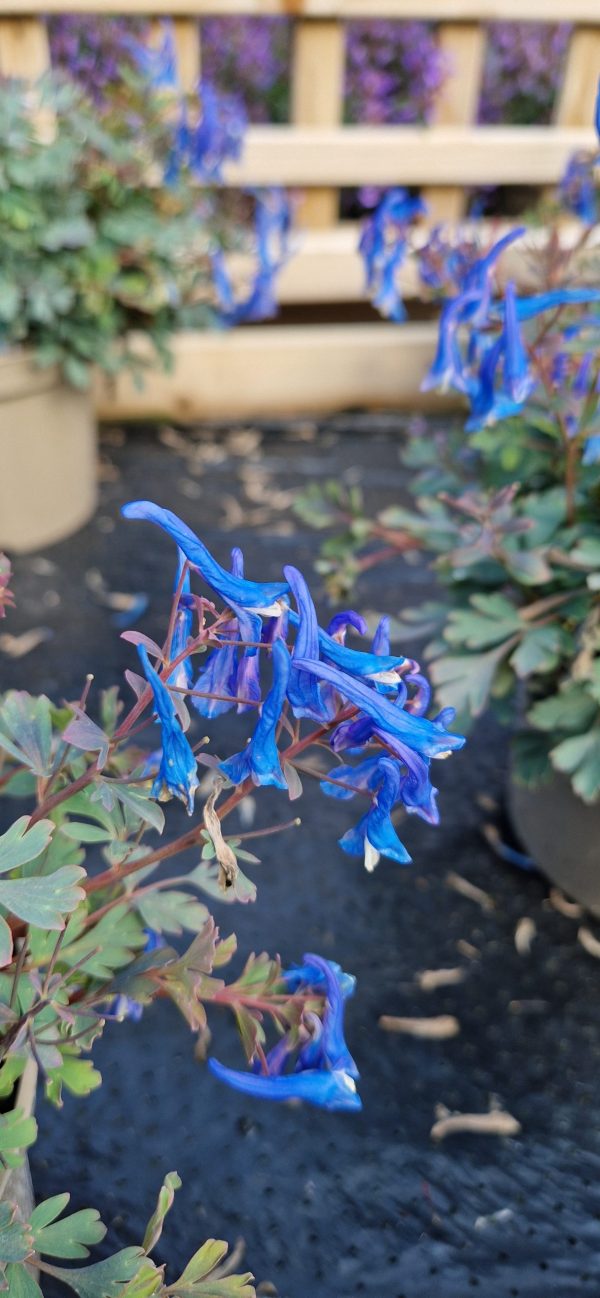
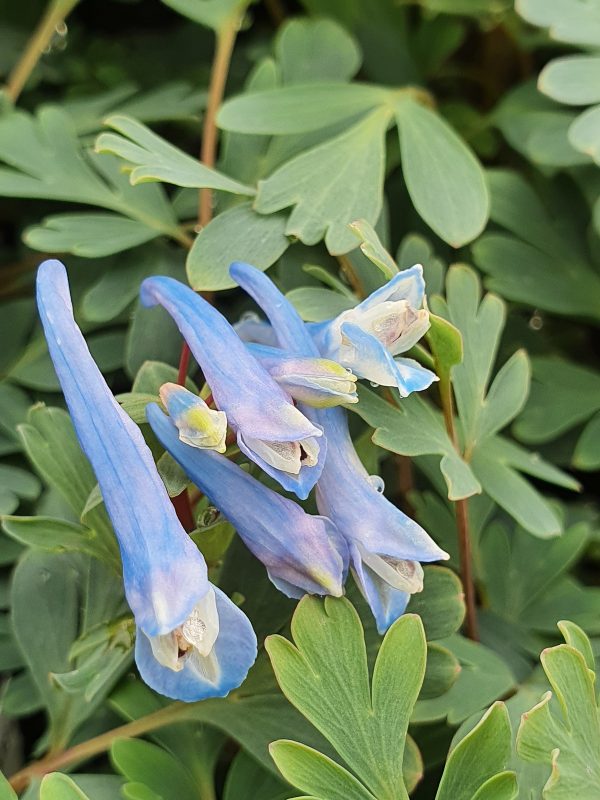
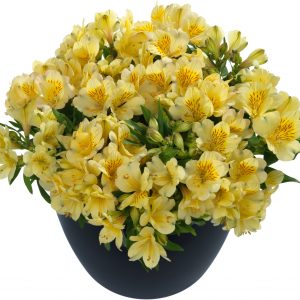
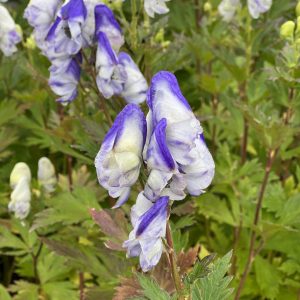
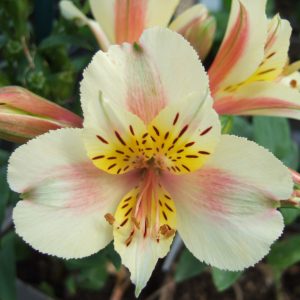
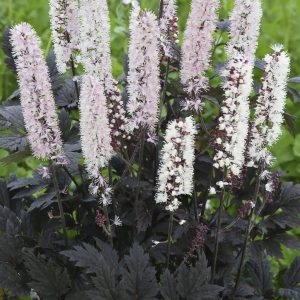
Duncan Boyce (verified owner) –
WILLIAM DENBIGH (verified owner) –
NICE PLANT AND ONE OF MY FAVOURITES
Non Mosey (verified owner) –
Gary Colledge (verified owner) –
Good quality
May (verified owner) –
Healthy looking plant.
Chendore (verified owner) –
Very healthy plants arrived in excellent time. I definitely recommend this nursery! Well done?
Terry M. (verified owner) –
Good